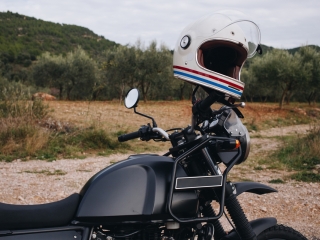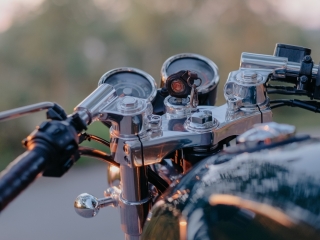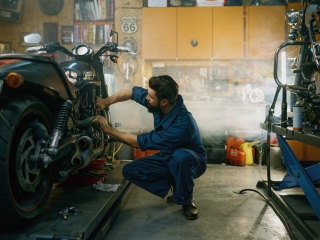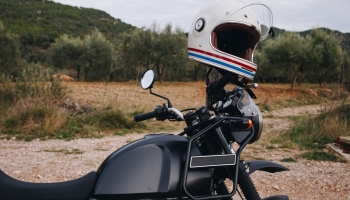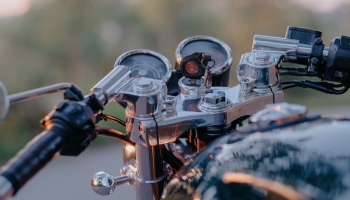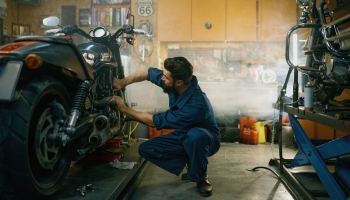What are the main breakdowns that can occur on a motorbike and how can they be prevented?
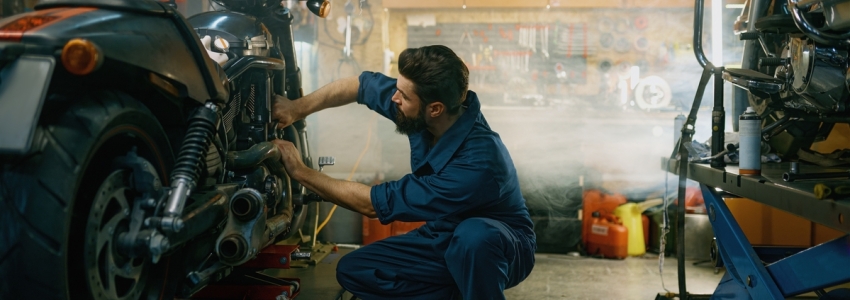
Few sensations compare to riding on two wheels. The connection to the asphalt. The roar of the engine. Absolute freedom. But just one misplaced spark, a strange noise, or the slightest oversight can turn that experience into frustration, or worse yet, an accident.
Every motorcycle has its weak points. And although some breakdowns are the result of inevitable wear and tear, many others can be avoided with a bit of attention, some awareness, and a touch of mechanical discipline.
The Battery
It gives no warning. It doesn't vibrate. It doesn't squeal. But when it fails, everything stops. The battery is, without a doubt, one of the most treacherous components. It often fails suddenly and almost always at the worst possible moment. The cause? Usually found in bikes that haven’t been ridden for weeks, or due to loose connections that cause subtle, invisible, yet deadly discharges.
What can you do to keep it alive?
- Start the motorcycle regularly, even if you’re not going to ride it.
- Use a trickle charger if the bike will be parked for a long time.
- Check the terminals: clean and tighten them.
- A battery doesn’t last forever. If it’s over three years old, it’s time to start being cautious.
Tires
If there's one thing that doesn’t forgive mistakes on a motorcycle, it's the tires. They are your only contact with the road, and a failure here leaves no room for excuses. Cracks, incorrect pressure, uneven wear, road hazards—they all add up to increased risk on the road.
How to prevent it?
- Check tire pressure every 10–15 days. Don’t rely on feel or guesswork.
- Replace the tires if the tread drops below 2 mm, even though the legal limit is 1.6 mm.
- If they’re over five years old, even with little use, it’s time to consider replacing them.
Brakes
Sometimes, brakes start to lose grip without much warning. The brake fluid degrades. The brake pads wear down slowly until there’s nothing left. In the end, without realizing it, you’re headed into a braking situation where the system won’t respond as expected.
To avoid this, keep the following in mind:
- Replace brake pads when they’re below 2 mm thick.
- Brake fluid replacement is mandatory after two years.
- Check if the lever feels spongy; if so, bleed the system or take it to a workshop.
Drive Chain Kit
Everyone talks about changing the oil, checking the battery, inspecting the brakes. But what about the transmission kit? A neglected chain not only shortens your bike’s lifespan: it can damage the swingarm, fly off while riding, or lock the rear wheel.
Basic maintenance:
- Lubricate the chain every 500 to 700 kilometers, or after riding in the rain.
- Adjust the chain tension according to the manufacturer’s specifications, without over-tightening or leaving it too loose.
- Replace the entire drive kit every 20,000 to 30,000 kilometers, depending on riding style and conditions.
Engine Overheating
Excessive heat can lead to reduced performance or even irreversible engine damage. Common causes include low oil levels, cooling system failures, or riding in extreme conditions without proper airflow.
Preventive actions:
- Regularly check oil levels and condition.
- Ensure the radiator is clean and free of obstructions.
- Replace the coolant every two years or as recommended by the manufacturer.
- Avoid idling for long periods in high temperatures.
Electrical Failures
Electrical problems, although less visible, are just as frequent. A malfunction in the lighting system, erratic indicators, or loss of signal on the dashboard may stem from several causes: blown fuses, corroded connections, or ECU failures.
Recommended prevention:
- Inspect the wiring for wear, friction, or moisture.
- Use dielectric grease on exposed connections.
- Replace faulty fuses and avoid improvised electrical fixes.
- For persistent faults, visit a workshop with specialized diagnostic tools.
Fuel System
Fuel delivery issues can show up as jerking, hard starting, or power loss. On bikes with electronic fuel injection, these problems are often linked to clogged injectors or faulty pumps. In carbureted bikes, the causes tend to be dirty filters, sediment in the tank, or stuck petcocks.
Effective maintenance measures:
- Use high-quality fuel from trusted sources.
- Replace the fuel filter as per the recommended schedule.
- Keep the tank at least half full if the bike will be idle, to avoid internal condensation.
- For long-term storage, add a fuel stabilizer or drain the system completely.

